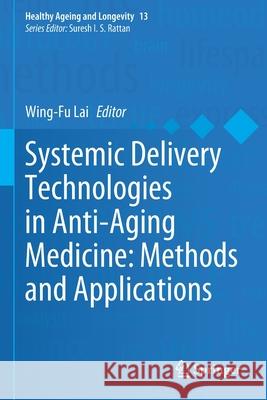Systemic Delivery Technologies in Anti-Aging Medicine: Methods and Applications » książka
topmenu
Systemic Delivery Technologies in Anti-Aging Medicine: Methods and Applications
ISBN-13: 9783030544928 / Angielski / Miękka / 2021 / 528 str.
Systemic Delivery Technologies in Anti-Aging Medicine: Methods and Applications
ISBN-13: 9783030544928 / Angielski / Miękka / 2021 / 528 str.
cena 402,53
(netto: 383,36 VAT: 5%)
Najniższa cena z 30 dni: 385,52
(netto: 383,36 VAT: 5%)
Najniższa cena z 30 dni: 385,52
Termin realizacji zamówienia:
ok. 22 dni roboczych
Dostawa w 2026 r.
ok. 22 dni roboczych
Dostawa w 2026 r.
Darmowa dostawa!
Kategorie:
Kategorie BISAC:
Wydawca:
Springer
Język:
Angielski
ISBN-13:
9783030544928
Rok wydania:
2021
Ilość stron:
528
Waga:
0.72 kg
Wymiary:
23.39 x 15.6 x 2.69
Oprawa:
Miękka
Wolumenów:
01
Dodatkowe informacje:
Glosariusz/słownik
Wydanie ilustrowane
Wydanie ilustrowane











